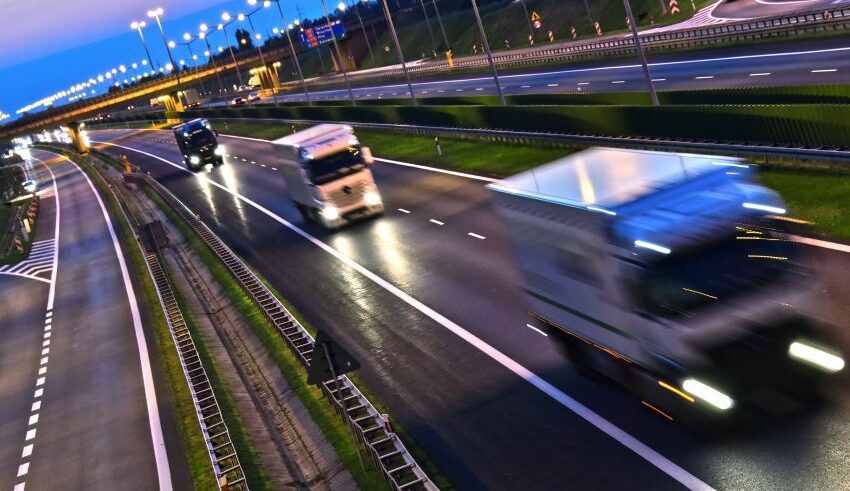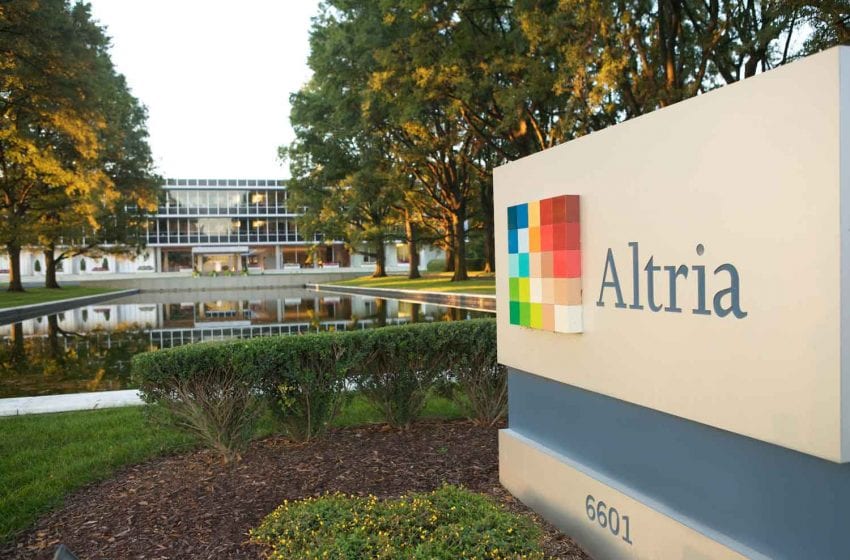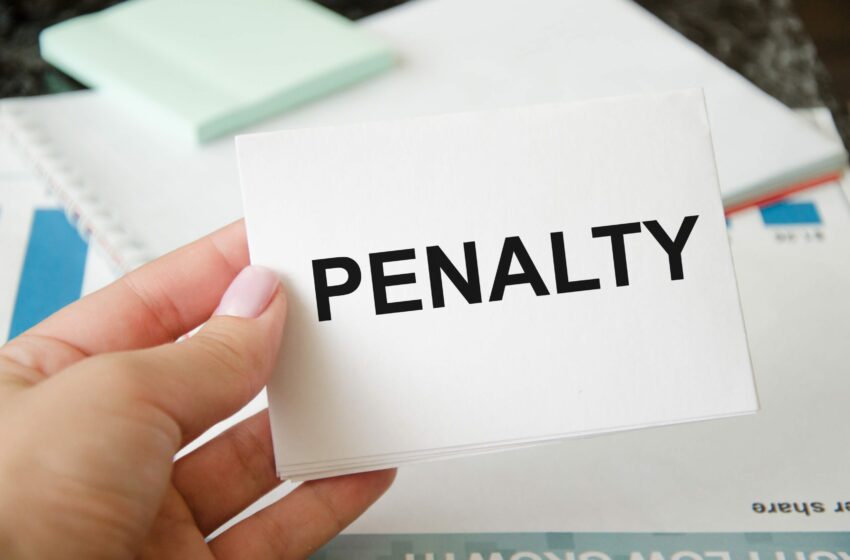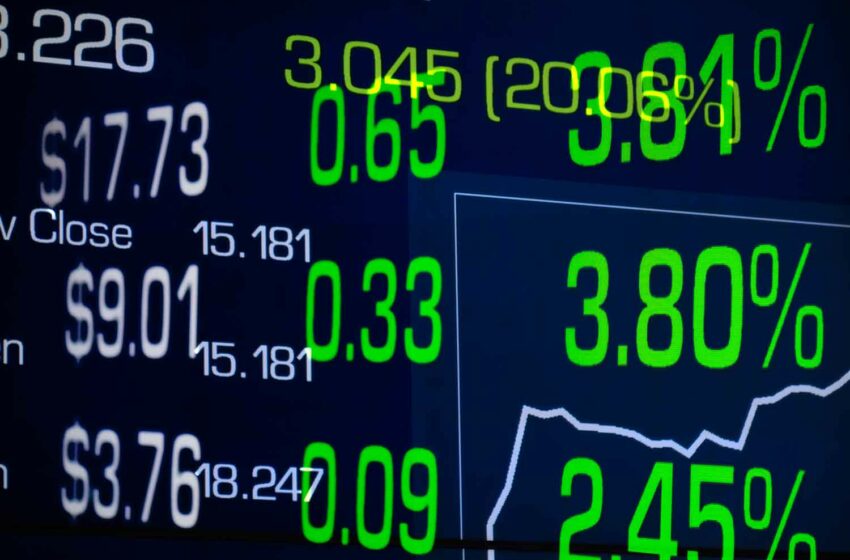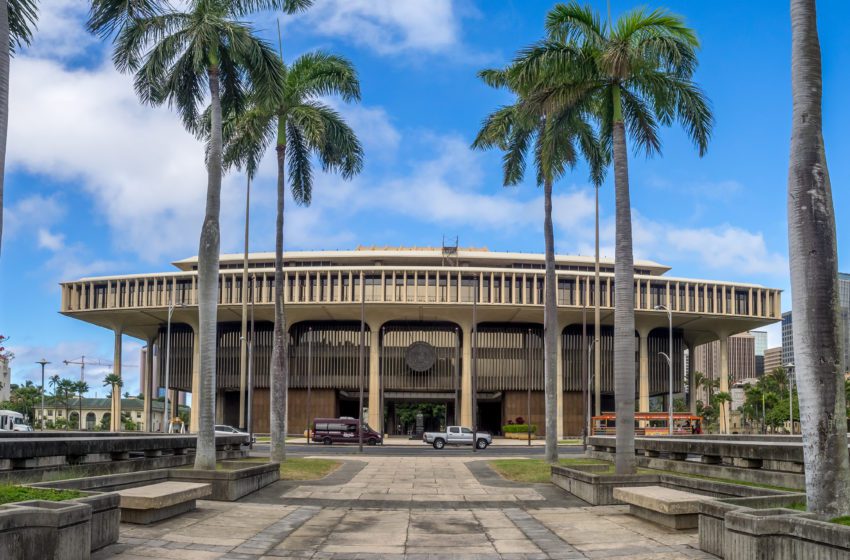
Efficiency will be the key to decarbonizing the EU transportation sector by 2050.
By Stefanie Rossel
To achieve its Green Deal goal and make the European Union climate-neutral by 2050, the European Commission aims to decarbonize transportation in the common market by that same date. It’s a mammoth task because the transportation sector is the EU’s biggest source of greenhouse gas (GHG), currently accounting for more than 1 billion tons of carbon dioxide (CO2) emissions annually, which is equivalent to the total emissions of Germany and the Netherlands combined.
Not only is transportation responsible for more than a quarter of the EU’s total GHG emissions, but it is also the only major economic sector in Europe where GHGs have increased since the 1990s. Demand for transportation continues to grow steadily in the EU. According to the Alliance for Logistics Innovation through Collaboration in Europe (ALICE), demand for transportation in Europe increased by more than 20 percent between 2000 and 2019, with freight transportation growing 22 percent. Although the Covid-19 pandemic disrupted this trend, leading to a drop in GHG emissions from transportation of 13.5 percent between 2019 and 2020, according to the European Environment Agency, emissions quickly resumed their upward trend, growing by 2.7 percent in 2022. International transportation emissions, such as those from ships and airplanes, are also projected to continue increasing.
Complicating matters, a recent analysis by Transportation and Environment (T&E), a European advocacy group for clean transportation and energy, shows that transportation has been decarbonizing more than three times slower than the rest of the EU economy since peaking in 2007. Under current climate policies, the group says, its share could reach 44 percent of all GHG emissions in the common market by 2030, up from 29 percent today.
According to the evaluation, the EU’s current climate regulations will reduce transportation emissions by just 25 percent compared to 1990 levels in 2040 and by 62 percent in 2050 as the new CO2 standards fall short on several measures, according to the organization. For starters, T&E argues, the rules lack a 100 percent zero-emission target. Furthermore, they leave 13 percent of heavy-duty vehicle sales unregulated and define trucks running partially on diesel as “zero-emission.” Cars, vans and trucks with combustion engines bought between now and the mid-2030s, the group argues, will still be driving on European roads while shipping operators have little incentive to increase their operational efficiency. Meanwhile, demand for air travel, spurred by increasing airport capacity, will offset any gains from green fuel this decade.
More Measures Needed
T&E therefore calls for additional efforts complementing Green Deal policies to fully decarbonize transportation. Next to halting new airport and motorways capacity expansion and introducing binding electric vehicle sales targets for companies owning large fleets, the organization stresses the importance of direct electrification of road transportation, which, the group says, is two times more efficient than hydrogen power and four times more efficient than using e-fuels. Trucks are responsible for 25 percent of climate emissions from road transportation in Europe while accounting for less than 2 percent of the vehicles on the road, the group says.
A study T&E commissioned in 2022 concluded that it was possible to transition all new freight trucks to zero emission cost-effectively and in time to meet Europe’s climate targets. Long-haul trucks, the study suggested, would initially have a slower increase in uptake potential but grow quickly to 80 percent by 2026 and to 99.5 percent by 2030. Held against the reality of zero-emission truck sales in the EU, this might be wishful thinking: Of the 11,000 new zero-emission heavy-duty vehicles sold in the EU-27 in 2023, only 0.9 percent were heavy trucks and 5 percent light and medium trucks, according to the International Council on Clean Transportation. In the fourth quarter of 2023, the sales share of zero-emission vehicles (ZEVs) in the heavy truck segment exceeded 1 percent for the first time.
Reducing CO2 emissions by 50 percent will require a minimum of 465,000 ZEVs, the European Automobile Manufacturers’ Association estimates. These vehicles will need to be supported by 53,000 and 65,000 charging points as well as around 2,900 H2 fueling stations.
Increasing Logistics Efficiency
Logistics account for 11 percent to 12 percent of Europe’s total CO2 emissions, according to ALICE vice chair Sergio Barbarino. “The problem is that while most industry sectors since the 1980s or 1990s have managed to decrease their carbon footprint, transportation has been completely unbound,” he says. “Transportation has a huge struggle to decarbonize.”
While thorough electrification of vehicles or use of sustainable aviation fuels are important factors in the journey toward zero emission, ALICE prefers a more holistic approach, leveraging opportunities for increased logistics efficiency.
ALICE was set up to develop an industry-led strategy for research, innovation and market deployment of logistics and supply chain management, and to provide an overarching view on logistics and supply chain planning and control.
The not-for-profit association has more than 180 members and represents all logistics key stakeholders as well as retail companies, information and communication technology providers and research and technology centers. ALICE supports, assists and advises the European Commission in the implementation of the EU Programs for research, Horizon 2020 and Horizon Europe.
The alliance’s defining rationale is the Physical Internet (PI), an open-method approach that maximizes the use of existing data in infrastructure. The PI involves sharing resources with business partners, for instance, transportation means or storing space, which reduces costs, increases efficiency and contributes directly to reducing traffic and therefore emissions. The PI aims to seamlessly connect organizations by means of an overarching network system to external sources and capabilities so that they can collaborate and share transportation routes as well as logistics nodes, such as distribution centers, inland terminals or airports and ports.
For the future, ALICE has identified several pillars. The first deals with how freight demand growth is managed, focusing on the question of how much stuff really needs to be moved and whether it would be more efficient to manufacture closer to the point of consumption.
The second pillar stresses that all modes of transportation should be used as efficiently as possible. “Our problem today is that traditionally shaped supply chains are highly individual and diverse,” Barbarino said. “This lack of standardization makes the supply chain inefficient.” Choosing the most efficient energy mix between diesel-powered trucks with 100 g GHG per ton-kilometer, ZEVs (which still emit around 80 g GHG per ton-kilometer), trains (25 g GHG per ton-kilometer) or ships (10 g GHG per ton-kilometer) can make a huge difference.
Pillar No. 3 calls for managing fleets and assets as efficiently as possible. In Europe, a truck is on average used with 50 percent of capacity. “As long as you only ship single-type products, you can never fill a truck efficiently. To achieve this, you will need combined products of different companies.”
If enhanced efficiency is achieved in pillars one through three, Barbarino emphasized, this would lead to a 50 percent to 60 percent reduction in emissions. In addition, ALICE expects a $100 million to $300 million cost relief for the European industry.
Removing Regulatory Barriers
Several EU directives currently in preparation are expected to significantly facilitate the realization of more sustainable transportation solutions, according to Barbarino. The revised Weights and Dimension Directive will remove barriers for the uptake of ZEVs and energy-saving technologies and harmonize the rules on maximum weight and dimension of heavy-duty vehicles in cross-border operations. Among other things, it will allow for the extra weight of the batteries for ZEVs, enable a European modular system between member states with trucks heavier than 40 tons and will streamline procedures and requirements for indivisible loads.
The new Combined Transportation Directive will support the shift from road freight to lower emission transportation modes such as inland waterways, maritime transportation and rail. It will entail the obligation on terminals to publish information about available services and facilities.
Apart from policies, automation could be a revolution for freight transportation, Barbarino pointed out, and also for sustainability. He reported about an experiment in which companies had tried out “silent delivery,” i.e., delivery before six a.m. and thus outside the usual morning rush hour. This way, the companies could save 30 percent of fuel.
“To decarbonize transportation, it is important to push the boundaries of technology and regulation,” Barbarino concluded. “Often, the most complex part of a project is not the technology or the innovation but the permitting.”


